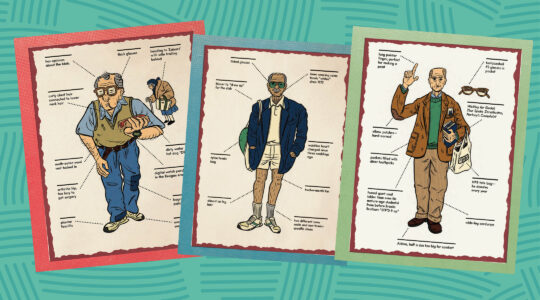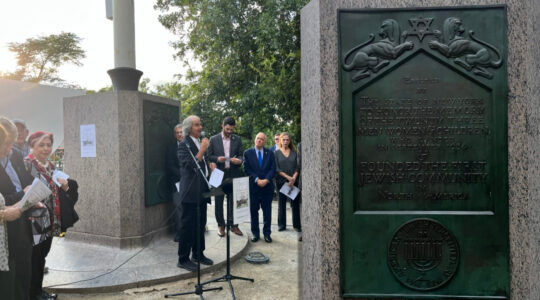Purim has always been ranked high on my list of favorite holidays. Who doesn’t love dressing up, eating hamantaschen, playing games and winning prizes? In addition to my synagogue’s annual Purim carnival, I also look forward to the megillah reading each year. I always found the story to be interesting, but as I’ve gotten older, my interpretation has evolved from one about a queen who saves her people, to a complex narrative about a female leader.
Like many Jewish texts, the Book of Esther is one that we read every year, and each year we’re supposed to find new ways of thinking about it. I think it is extremely creative that the Jewish people have been reading the same stories for thousands of years and we never run out of things to say about them. Part of this is because we are products of the world we live in, so we think about the stories in relation to contemporary society.
While it’s difficult for me to track how my thoughts on various Torah portions have evolved over the years, it’s much easier to remember how my thoughts on the megillah have changed, because, for me, the story stands out from the rest. It’s a “real” story with a beginning, middle and end, and characters who you get to know. Esther is a complex character, yet she’s undoubtedly the hero of the story. Although Ester follows Mordecai’s orders and becomes queen by winning the equivalent of a modern-day beauty pageant, her actions are brave, and she, not her uncle, saves the Jewish people.
If Esther is a leader, then it is important to understand what a leader is. Right now, “leadership” is a buzzword in schools, camps and other youth programs, but it’s unclear what the word really means. In middle school, we took a required class titled, “Leadership,” in which we planned community service projects and discussed issues such as homelessness and mental health. Based on this class, my working definition of leadership was the following: A person or people who can effect change.
This past summer, I was a counselor in training (CIT) at my camp, and the administration made a big deal about how the program was a “leadership experience.” We were training to become counselors, a group that holds power at camp. My definition of leadership thus expanded to include the idea of power.
Esther wasn’t outspoken at all, but she undoubtedly led.
There seems to be this idea that in order to be a leader you have to be loud and outspoken, but according to my definition, volume has nothing to do with it. Esther wasn’t outspoken at all, but she undoubtedly led. While one might argue that her quiet presence reinforces stereotypes that women are timid and men are more assertive, she also presents us with a different image of who a leader is. She worked within existing systems to get what she wanted, and hey, it worked.
Esther’s story is a reminder that there’s no one image of a leader. If a leader is someone who effects change, then a lot of people have the ability to be leaders. Small changes are important too. Not everything has to be huge—not all of us can be queens, and not everyone has the same amount of power. What matters is what we do with what we have. I can make my voice heard by writing blog posts, posting on social media or talking to my friends and family. My voice doesn’t have to be loud to be strong; you can be quiet and still bring about about positive change that’s important and meaningful. This is what being a leader means to me.
Daniella Shear is a junior at Winchester Thurston School in Pittsburgh, PA.
Editor’s Note: This content was produced in partnership with the Jewish Women’s Archive.




